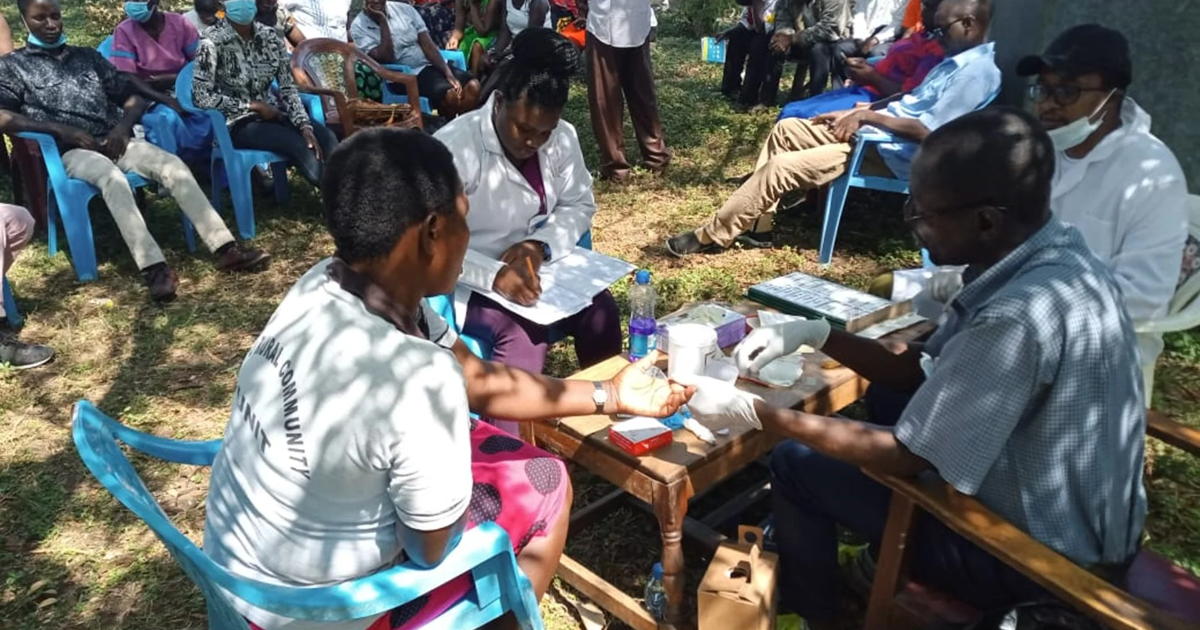Kenya has been officially validated by the World Health Organization (WHO) as having eliminated human African trypanosomiasis (HAT), also known as sleeping sickness, as a public health problem. This milestone makes Kenya the tenth country to achieve this status.
HAT is the second neglected tropical disease (NTD) eliminated in Kenya, following the certification of Guinea worm disease elimination in 2018.
“I congratulate the government and people of Kenya on this landmark achievement,” said WHO Director-General Dr Tedros Adhanom Ghebreyesus. “This is another step towards making Africa free of neglected tropical diseases.”
About Sleeping Sickness
HAT is caused by the Trypanosoma brucei parasite and transmitted by tsetse flies. The rhodesiense form (r-HAT) found in Kenya progresses rapidly, invading multiple organs, including the brain, and can be fatal within weeks without treatment.
Kenya’s Journey to Elimination
The first HAT cases in Kenya were recorded in the early 20th century. Decades of consistent control measures led to no indigenous cases for over 10 years, with the last local case reported in 2009.
Recent strategies included:
- Strengthened surveillance in 12 health facilities across six counties.
- Training healthcare workers in advanced diagnostic methods.
- Ongoing tsetse fly and animal trypanosomiasis monitoring with support from the Kenya Tsetse and Trypanosomiasis Eradication Council (KENTTEC).
“This validation marks a major public health milestone,” said Kenya’s Health Cabinet Secretary Dr Aden Duale. “It will protect our people and boost economic growth.”
Sustaining the Victory
Kenya will implement a post-validation surveillance plan to detect any resurgence. WHO will continue to support monitoring and maintain emergency medicine supplies, thanks to donations from Bayer AG and Sanofi.
Global Progress
Kenya joins nine other countries — including Uganda, Ghana, and Rwanda — in eliminating sleeping sickness as a public health problem. Globally, 57 countries have eliminated at least one NTD.
“This success reflects years of dedication and collaboration between governments, health workers, and communities,” said Dr Patrick Amoth, Kenya’s Director General of Health.
Source : WHO





